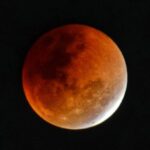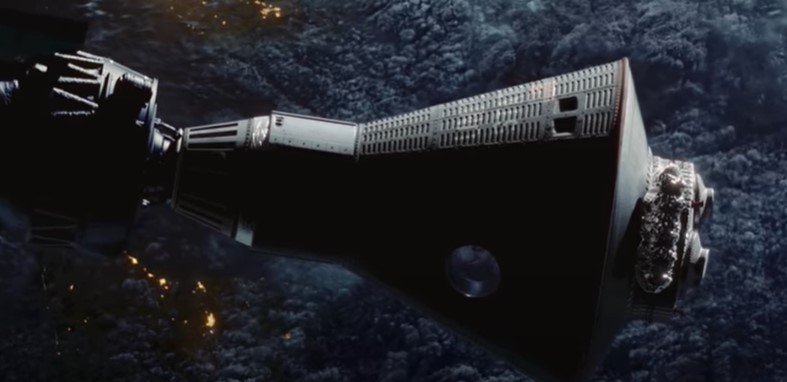Artemis 3 Mission is a technological advancing step in space exploration that has been accomplished as astronauts has tested a pioneering Handheld Universal Lunar Camera (HULC) in lunar-like environments on Earth. Developed jointly by the European Space Agency (ESA) and NASA’s Artemis imagery team, the HULC marks a significant advancement in imaging technology for upcoming crewed missions to the moon.
Simulated Lunar Scenarios Illuminate Camera’s Robust Capabilities
Under the PANGAEA training program, an international crew rigorously examined the HULC’s efficacy in diverse simulated lunar scenarios, including daylight exposures and dark volcanic caves, closely resembling the extreme conditions of the lunar environment. These tests were conducted in Lanzarote, Spain, providing valuable insights into the camera’s adaptability and resilience in challenging lunar terrains.
Artemis 3 Mission: Vision for Lunar Exploration and Documentation Takes Shape
As NASA prepares for the landmark Artemis 3 mission, scheduled for 2025, the HULC’s role in capturing critical scientific data has gained paramount significance. With a focus on documenting the moon’s south pole region, where water evidence is anticipated, the camera’s ability to withstand the moon’s demanding conditions and deliver high-quality imagery has become a top priority for both ESA and NASA officials.
Innovative Design Overcomes Lunar Challenges
The HULC’s design, featuring off-the-shelf cameras modified for lunar missions, has been tailored to confront the formidable challenges posed by the moon’s environment. From thermal variations to abrasive lunar dust and lack of atmospheric pressure, the camera has been equipped with specialized adaptations, including thermal protection blankets and astronaut-friendly ergonomic buttons, ensuring smooth operation even with bulky spacesuits.
Evolving Technology Redefines Lunar Photography
In contrast to the previous Apollo-era camera, the HULC represents a significant leap in imaging technology, being the first handheld, mirrorless camera engineered specifically for space missions. With its enhanced capability to capture superior image quality in low-light situations and the added functionality of recording videos, the HULC promises to revolutionize the way lunar landscapes are documented and studied during upcoming space missions.
Future Prospects and Ongoing Refinements
Amid ongoing refinements and adjustments, the HULC’s next milestone involves a version of the camera being sent to the International Space Station for further experimentation in orbit. The iterative design process, influenced by rigorous testing in various conditions, reflects the commitment of both ESA and NASA to ensure that astronauts have the most effective and user-friendly tools at their disposal for successful lunar exploration and research.






